v2024.12.05-2232
By Moduverse Team
/
/
ZK-Powered Execution
In a significant move, Ethereum has intensified its efforts to 'snarkify the L1' for a post-quantum world.
A pivotal part of this strategy is the replacement of its current EVM (Ethereum Virtual Machine) with a new zkVM (Zero Knowledge Virtual Machine).
This strategic shift has sparked considerable interest in the industry, leading to regular discussions with leaders in ZK technology to kickstart this initiative.
This article will explore the reasons driving this transition and how Ethereum plans to navigate this transformation.
Why zkVM?
As we all know, the Ethereum blockchain has two main components:
- Consensus
- Execution
While consensus ensures that the state of the blockchain is arrived at after the mutual agreements of most validators, execution primarily deals with running the smart contracts deployed on top of Ethereum.
These smart contracts are pieces of code written in Solidity and deployed by every single dApp that wants to use Ethereum as the world ledger.
Currently, Ethereum relies on the EVM, or the Ethereum Virtual Machine, for its execution responsibilities. Every smart contract interaction changes not only the accounts it affects but also the state of the blockchain (gas, memory counters, etc.), and the rules that define how these changes are made are encoded in the EVM.
The EVM gets encapsulated in software called the execution client, which the nodes install to start executing transactions. Currently, Ethereum has six different client implementations, ensuring a fair amount of decentralization via client diversity.
The EVM has been the cornerstone of Ethereum since its inception. However, as blockchain scalability and privacy demands grow, the EVM's architecture has shown limitations, particularly in generating zero-knowledge proofs (ZKPs).
Current implementations of ZKP in EVM-compatible ZK rollups like zkSync, Linea, and others already use a specialized form of zkVM called the zkEVM. The difference is that zkEVMs specifically prove blocks generated by EVM, unlike zkVMs, which are general-purpose.
zkEVMs vary from Stage 1 to Stage 4 depending on their compatibility with the EVM. Stage 1 zkEVMs are perfectly compatible with the EVM, and stage 4 is the least compatible.
A stage 1 zkEVM is needed to prove Ethereum itself, i.e., blocks produced by the Ethereum blockchain. However, this also means that it will be the slowest in proof generation.
Vitalik's radical proposal to replace the EVM stems from the fact that it can add up to 800x overhead to ZK proving times, with approximately 59% of transaction verification time spent on EVM code execution. And since zkEVMs attempt to be closer to the EVM, they also suffer from these overheads and inefficiencies.
He shares more takes here.
On the other hand, a zkVM liberates developers from these EVM dependencies, bypassing the associated overheads by directly executing smart contracts inside a prover. This could enhance efficiency by 100x, a significant improvement over the current system.
Vitalik describes what he thinks of the future of the execution layer in this long take
Can we simplify Ethereum?
EVM overheads are not the only problem with the EVM. In his 3rd May 2025 blog, "Simplifying the L1," Vitalik states that over time, the virtual machine has over-optimized for particular cryptography techniques that are currently losing their relevance, as well as hardly used precompiles for single use cases, often referred to as "technical debt".
Removing or modifying these obsolete pieces takes a lot of effort, and some result in becoming controversial, resulting in a divided community, as evidenced by the recent EOF debate. Replacing the EVM with a zkVM will simplify execution and thereby streamline the L1 itself because:
- It provides faster smart contract execution (no EVM overheads).
- It is simpler in design than the EVM (and by extension, a zkEVM).
- It allows developers to write code in other, more common languages, such as Rust, Go, or Java, instead of relying on Solidity and Vyper.
The table below represents the impact of replacing the EVM with a zkVM.
Ethproofs
Having understood the rationale behind this proposal, the next step is to find the best and most efficient zkVMs for the job.
zkVMs are not new to the Ethereum ecosystem, with zkSync Era and Polygon zkEVM launching in early 2023. More than twenty teams have created different types of zkVMs, and new projects are getting added to this list.
Interestingly, Linea is the only zkEVM in the list at the moment. Their team recently shared a detailed post explaining why they think their approach is better suited for proving Ethereum blocks than the more common RISC-V-based zkVMs.
A standardized approach is needed to measure these varied collections of provers. Like L2beat, which provides a comparative analysis of the different L2s on Ethereum, the Ethereum Foundation (EF) created a portal called Ethproofs.
Ethproofs explores and analyzes block proofs for Ethereum using different zero-knowledge Virtual Machines (zkVMs) and zkEVMs.
It aggregates data from various zkVM teams to provide insights into proven blocks, including metrics like cost, latency, and proving time, which helps compare and understand the performance of different zkVMs.
At the time of this writing, four projects; ZKM, Succinct, Snarkify, and ZKCloud—have integrated with Ethproofs, and others are in the pipeline.
Ethproofs' home page shows every proven Ethereum block. Selecting any individual block provides detailed performance metrics of all four provers, allowing users to compare their capabilities and presenting an effective benchmarking platform.
You can join their community to stay in the loop of major updates.
Conclusion
The limitations of zkEVMs, which were known as early as Vitalik's 2022 post and now quantified by the overhead numbers, present a strong case for replacing the EVM. The need for this change takes on even greater importance given Ethereum's own end goal of enabling zero-knowledge proof throughout the blockchain (consensus and execution).
With over twenty individual projects building zkVMs, the need for benchmarking was apparent and resulted in the creation of Ethproofs.
This quest to find the best zkVM for Ethereum is still in the early days, as only four projects are currently engaged and competing with each other, but several more will join by the end of this year and signals a start of a significant change (along with the BEAM chain for consensus), which will result in probably the most critical change to Ethereum we have ever seen.
About Moduverse
Moduverse is pushing the frontiers of mass adoption with relatable content packed with key insights and discussions needed to take any individual from ground zero to being a crypto enthusiast.
All information here is for educational purposes and the projects/tokens mentioned are not any form of endorsement.
Related Blog
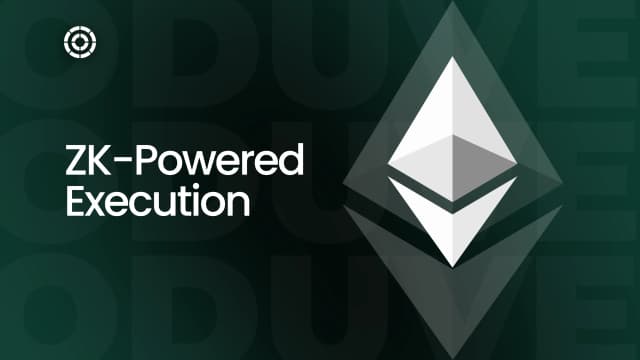
Oct 3, 2025
ZK-Powered Execution
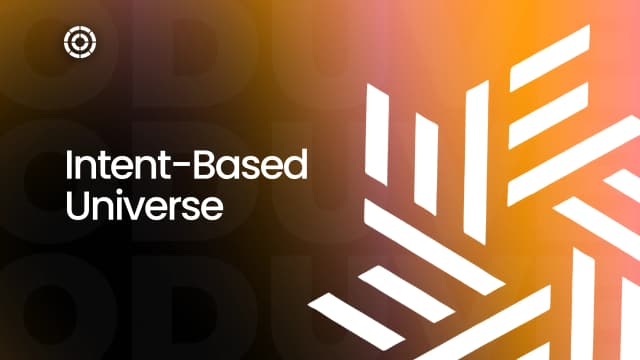
Sep 1, 2025
Intent Based Universe
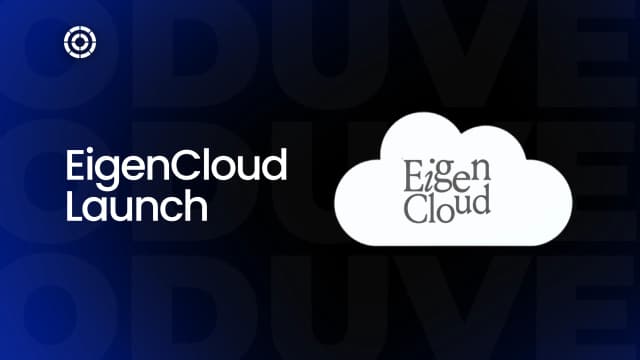
Sep 1, 2025
EigenCloud is live

Sep 1, 2025
CLOBs

Jun 6, 2025
ERC for Chain Abstraction

May 22, 2025
Proving in the modular Ecosystem
Recent Blog
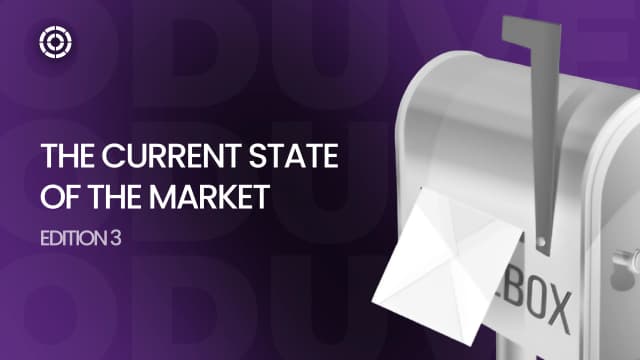
Oct 15, 2025
The Current State of the Market Edition 3
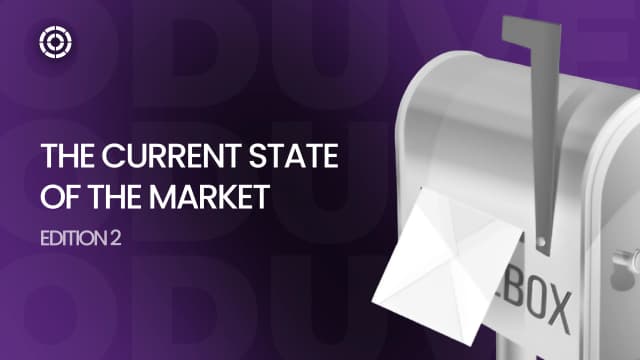
Oct 8, 2025
The Current State of the Market, Edition 2

Oct 3, 2025
ZK-Powered Execution

Sep 22, 2025
The Current State of the Market, Edition 1
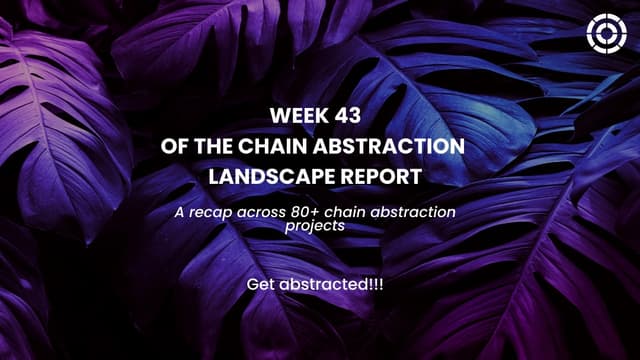
Sep 7, 2025
Sunny Abstraction Chills Edition 43

Sep 1, 2025